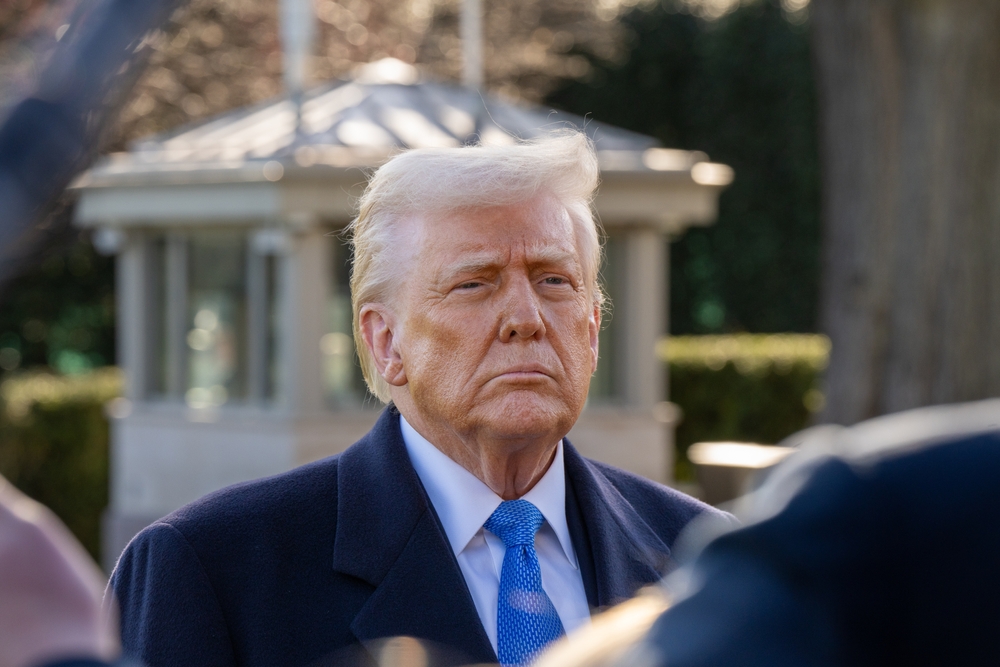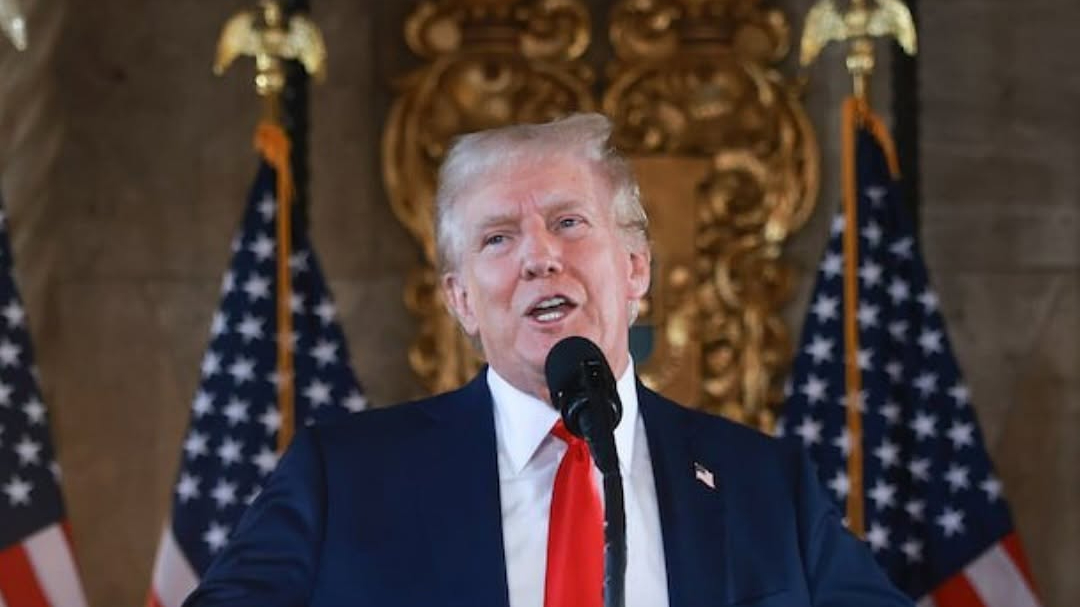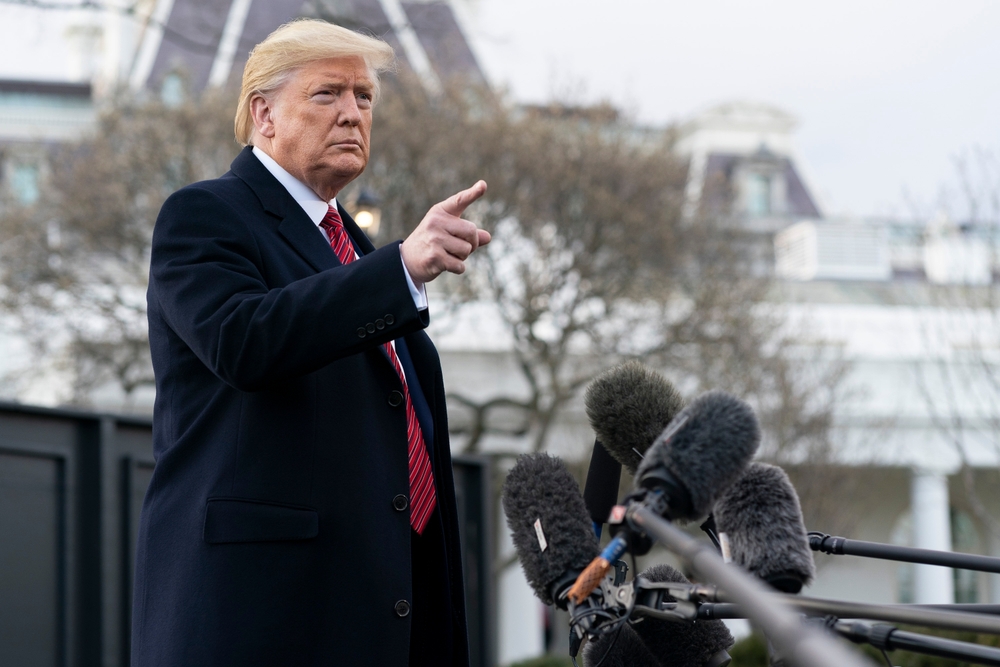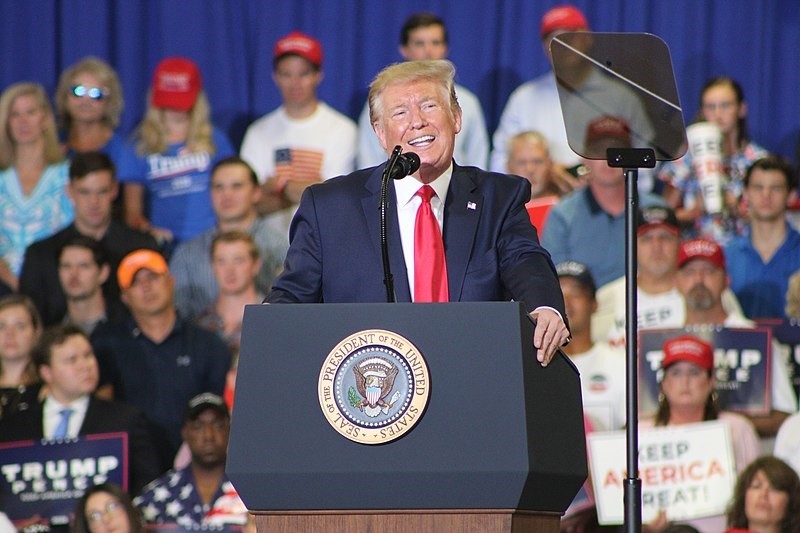Trump vs Big Pharma: The Price War That Could Cripple the Drug Industry
Overview of Trump's Drug Pricing Policy
In May 2025, President Donald Trump signed a sweeping executive order aimed at reducing prescription drug prices in the United States. The order introduces a "most-favored-nation" (MFN) pricing model, which seeks to align U.S. drug prices with those of countries where medications are sold at lower costs. This policy mandates that pharmaceutical companies lower their prices within 30 days or face stricter pricing regulations.
Potential Changes in Drug Prices
The MFN model could lead to significant reductions in U.S. drug prices, with estimates ranging from 30% to 80% for certain medications. However, experts express skepticism about the immediate effectiveness of the policy. Implementation challenges, potential legal battles, and the complexity of the pharmaceutical supply chain may delay or dilute the intended impact.
Moreover, while the policy aims to benefit American consumers, it could have unintended consequences globally. Pharmaceutical companies might increase drug prices in other countries to offset revenue losses in the U.S., potentially affecting healthcare systems worldwide.

Stock Market Reactions and Allegations
The announcement of the executive order caused immediate volatility in pharmaceutical stocks, with companies like AstraZeneca and GSK experiencing significant share price declines.
Critics argue that the timing and communication of the policy may have been manipulated to influence stock markets. The abrupt announcement and the lack of detailed implementation plans led to uncertainty among investors, raising concerns about potential market manipulation.
Related: Trump’s Middle East Tour: Business, Politics, or Both?
Related: “Original Sin” Exposes Biden’s Final Years: Inner Circle Hid Decline, Book Claims
Global Implications
Trump's policy has sparked international debate, particularly in countries with government-regulated drug pricing. The MFN model could pressure these nations to adjust their pricing structures, potentially leading to higher drug costs abroad. Additionally, pharmaceutical companies warn that reduced revenues may hinder research and development efforts, slowing the introduction of new medications according to The Times.

What This Means for Big Pharma
Trump’s revived “most-favored-nation” pricing model is nothing short of a shot across the bow for Big Pharma. By forcing U.S. drug prices to mirror the often much lower rates seen in countries like the UK, Canada, or Germany, pharmaceutical giants stand to lose billions in annual revenue. These companies have long defended the high costs in the U.S. by citing the need to fund research and development—but this policy challenges that narrative, demanding a shift in pricing strategies or risking federal intervention.
The immediate market reaction was telling: stock prices for pharmaceutical heavyweights like Pfizer, AstraZeneca, and GSK plunged following the announcement. Investors clearly see this as a threat to profitability, especially if the policy survives legal scrutiny and lobbying efforts.
Related: Can Lara Trump Carve Out Her Own Space on Fox News?
Pharma companies are now on the defensive. Some have hinted at scaling back innovation or withdrawing certain drugs from Medicare programs if profitability takes a hit. Others warn that reduced margins could lead to cutbacks in research pipelines, potentially slowing the arrival of new treatments.

In the background, lobbying groups like PhRMA are already preparing legal challenges, claiming the policy violates federal law and could interfere with existing contracts. But regardless of whether the MFN rule is fully implemented, the signal from Trump is clear: Big Pharma is now firmly in the political crosshairs, and the era of unchecked pricing may be ending.
For the industry, this policy doesn’t just threaten short-term revenue—it could rewrite the rules of the U.S. pharmaceutical business model.
Conclusion
President Trump's executive order represents a bold attempt to address high prescription drug prices in the U.S. While the policy has the potential to lower costs for American consumers, its implementation faces significant hurdles, and its broader implications raise concerns about global healthcare dynamics and market stability













